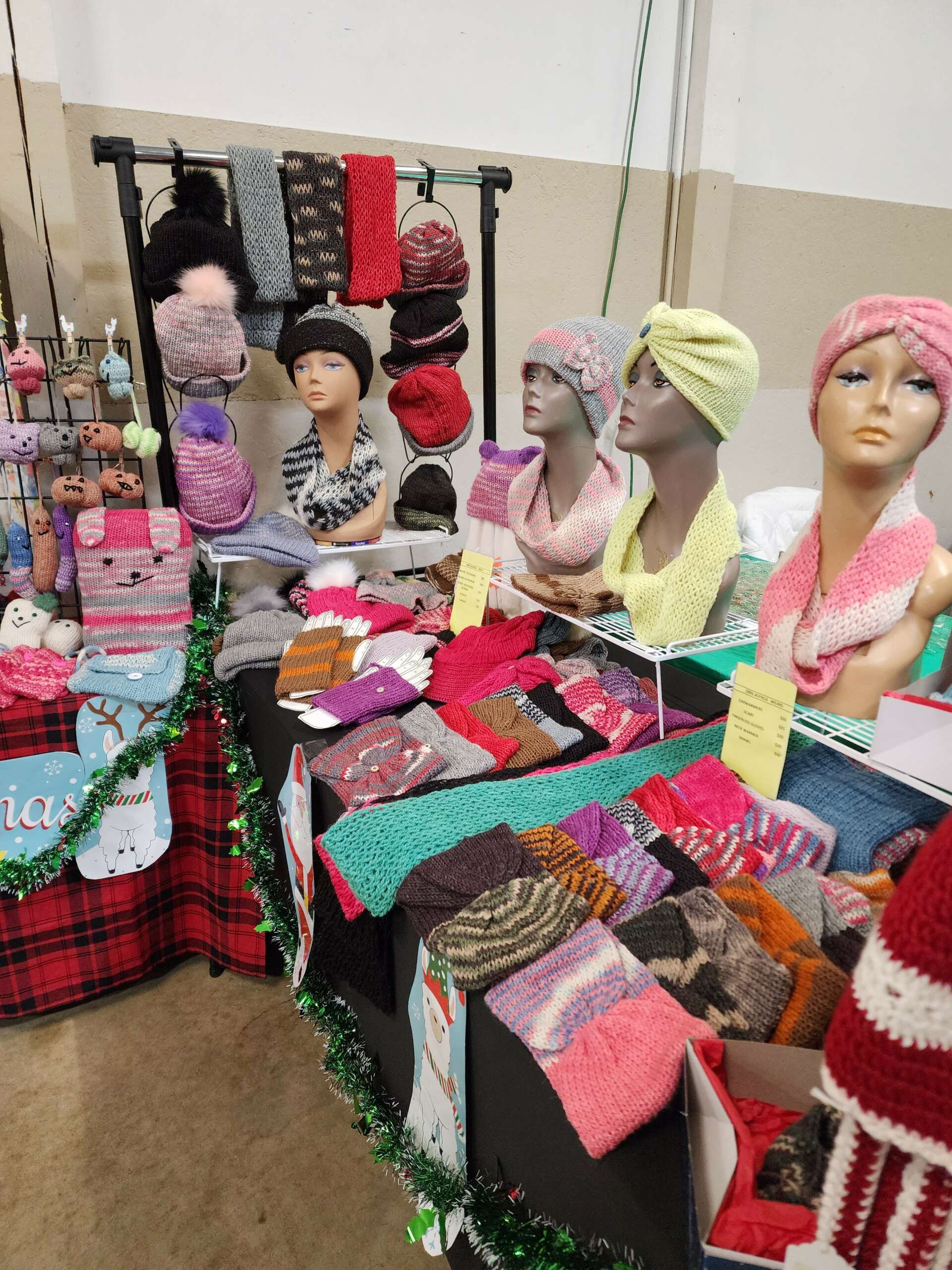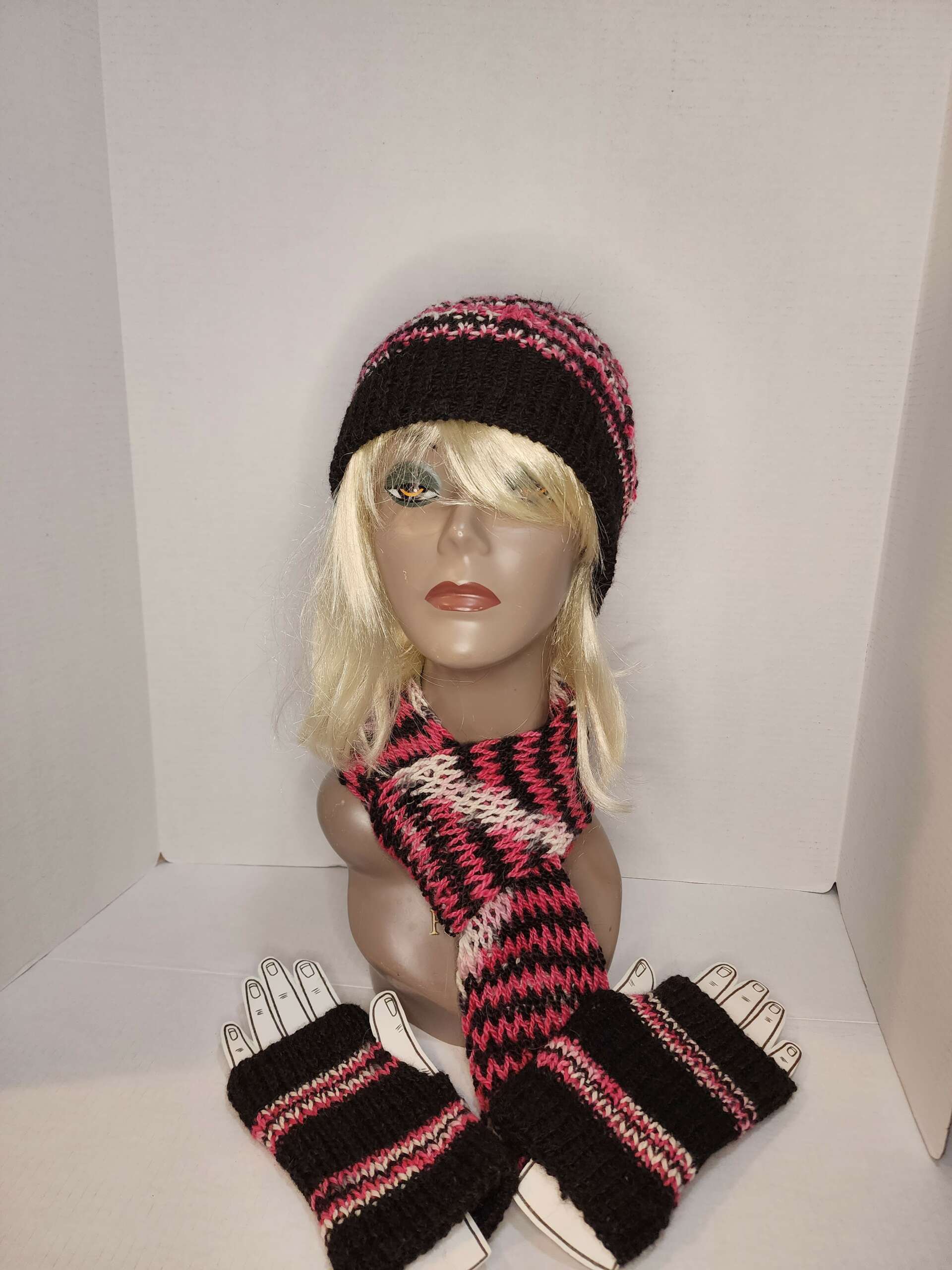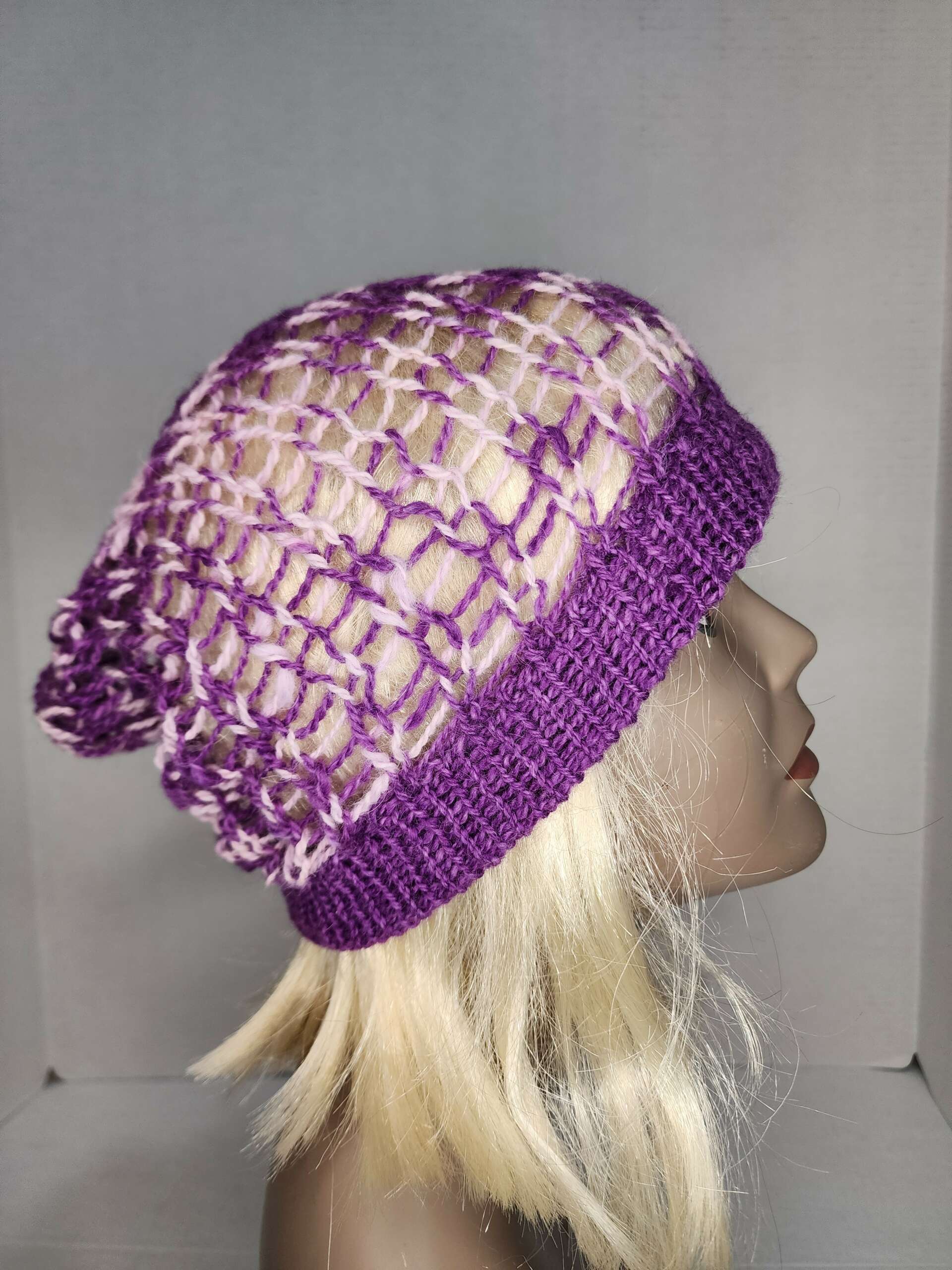We caught up with the brilliant and insightful Judy Dam a few weeks ago and have shared our conversation below.
Alright, Judy thanks for taking the time to share your stories and insights with us today. How did you learn to do what you do? Knowing what you know now, what could you have done to speed up your learning process? What skills do you think were most essential? What obstacles stood in the way of learning more?
Learning about what to do with the fiber was a huge learning curve for me. I didn’t have the first clue what to do. I started watching you tube videos: how to wash and clean the fiber without felting it, how to card the fiber, how to dye the fiber, how to knit the the yarn. I have not learned how to spin the yarn yet, but it is one of my goals. I did learn to wet felt the fiber to make dryerballs, hats, and purses. I also got lucky, that a couple, near by was retiring from the business, I was able to buy some of their equipment at really reduce prices, such as a tumble, which really helped to clean the fiber quick and reduce cost when I took fiber to get it spun. I think the biggest thing I learned from the process was take one step at a time and enjoy what you can do and just continue to take steps to learning more each year. You are not defined from what you know at the beginning, but how you grow and develop you trade.


As always, we appreciate you sharing your insights and we’ve got a few more questions for you, but before we get to all of that can you take a minute to introduce yourself and give our readers some of your back background and context?
I’m accountant by trade. My husband and I got married in our late 30’s and we were fostering child. My husband wanted more space than the typically house/tard space we were living in. I told him if we are going to get a place with some acres than we need to find something to do with it. I was telling a co-worker about this discussion and she said that OSU was having an alpaca show this weekend, maybe you should check that out. So we did and we were hooked. Alpacas were so cute and fluffy (I love fluff – I use to have a chow). We talked to alpaca owners that weekend and learned quite a bit from that weekend. One lady, I asked what do you regret about getting into the alpaca business, he response was, “I wished I had bought more land than 5 acres. We decided to have a 5 year plan, with saving money to have a nice deposit on a farm, plus it allowed the oldest to graduate high school with his friends and we wouldn’t be restrict to stay in that same area – we can widen the search for our forever home. During these 5 years, we found an alpaca farm near us and bought 3 alpacas, that stayed on their farm. We learned how to take care of the alpacas and shearing process. I started to learn some of the fiber processing. We found our forever home in Marysville, five years later. It had 5 acres of land, but it had fencing, the barn and pasture land. By this time we had total of 9 alpacas. Until me did this move, this is when I felt like we actually had alpaca, and when I really started to learn how to work with the fiber. I have learned to make the dryerballs, hats, scarves, ponchos, scrunchies, lanyards, stuff animals, dog pillows, dog sweaters, cat toys, cat caves, and much more. Now 9 years later, we have grown to 22 alpacas and wishing we had more land.. the regret the lady stated from the beginning. One part of wanting the farm for me stems back with I was in the 3rd grade, I loved Little House on the Prairie books, read them all at least 3 times each by the 5th grade and then I watched all the Little House on the Prairie tv shows…and thought it would be cool to have that kind of life, but with the current amenities (running water and electric, etc). Now, I’m living that life. I still work my full time job and still doing the craft as a side job, but I’m breaking even with revenues and the expenses. I love making everything I do and be able to say it is truly made from scratch.


What’s the most rewarding aspect of being a creative in your experience?
For me the most rewarding, is that I can say I can make everything from scratch. I ‘m feeding and caring for the alpacas, Watching their characteristics and how they grow from a baby to an adult. Watching the mommas and babies interact with each other, Learning how to shear the alpaca, and use the fiber to make so many different things. I enjoy telling others about the alpacas. and it is an ongoing learning.


Do you think there is something that non-creatives might struggle to understand about your journey as a creative? Maybe you can shed some light?
I don’t think people realize the try cost and time of what goes into making the items I make from the alpaca fiber. it not like going to a store and picking up yarn and start knitting and produce an item. All the time in caring for the animals, There is a long process in getting the fiber cleaned, I first have to pick through the fiber to get hay, burrs, and other stuff out of the fiber, then I put in a tumbler that runs for 45 minutes to shake out excess dirt. Then I wash the fiber 4 to 5 times to get all the dirt out. Then after it dries, depending on the fiber: if it is the good stuff, I do send that to a local Ohio farm that spins the fiber into yarn for me. The fiber that are the 2nds, I will card into roving and make dryerballs. and cat toys. I use to make felted hats and purses, but that was just too hard on my back and couldn’t sell the items for how much work that goes into the felted item. When I get my yarn, I then go thru the process of dying the yarn – trying to figure what colors combinations that people will like. Then learning to make all the different knitted items. From this point, I become like any other vendor, trying to sell the produces, I have made, which is is through vending shows for me, have to come up with display booth and best way to show our products. Have to load and unload, set up booth, interact with customers, load and unload again., and all the travel time. Then the cost of using credit card payments, Even if avoid doing vending shows, and try to sell stuff online cost money and trying to get people to your site (this is an area I have not bee successful. Basically there is a lot of cost to goes into the product they are buying, it isn’t just simply knitting a product.


Contact Info:
- Facebook: Ohio’s Best Dam Alpacas
Image Credits
Just my photos.


